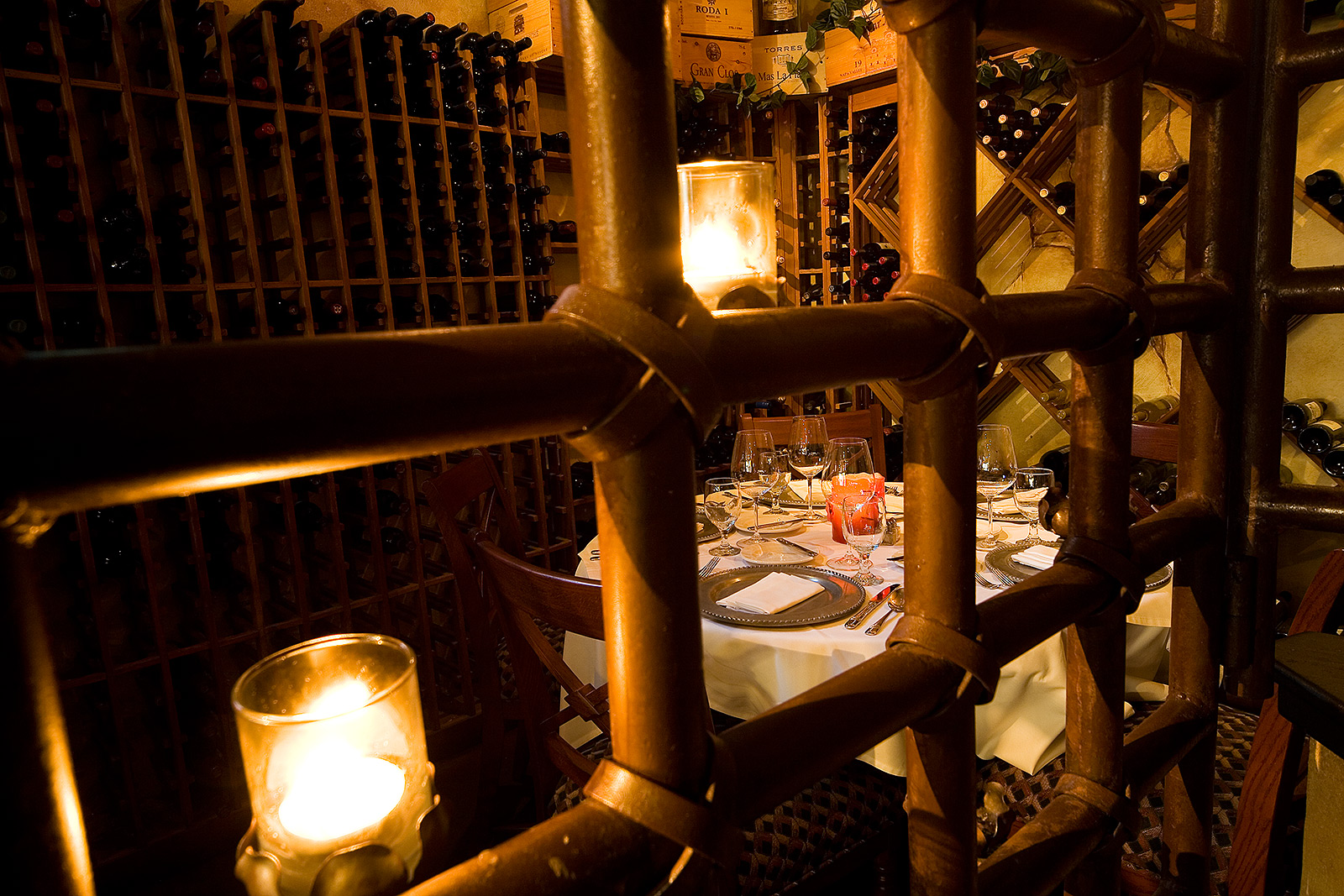

Candela's final project, executed posthumously following his death in 1997 at 88 years of age, was the restaurant at the Valencia Oceanographic Park in Spain. In 1971, Candela immigrated to the United States and accepted a faculty position at the School of Architecture at the University of Illinois. The building began a decade of experimentation with thin-shell construction and the hyperbolic paraboloid form that garnered him international recognition, including the 1961 Auguste Perret Award from the International Union of Architects and a 1961 Gold Medal from the Institute of Structural Engineers. A year later he executed the Pabellón de Rayos Cósmicos, or Cosmic Rays Pavilion, which was his first structure utilizing his signature hyperbolic paraboloid geometry.

Following the war, Candela was exiled from Spain, and like several other architects of Spanish origin, sought refuge in Mexico, where, in 1950, he founded his company Cubiertas Ala, translated as Wing Roofs. When the Spanish Civil War erupted, Candela enlisted in the Republican Army where he served as Captain of Engineers until the republican's defeat in 1939. In 1935 he completed his studies in architecture at the Madrid Superior Technical School of Architecture. Candela's visionary structural designs featuring curvaceous, thin-shell roofs based on the hyperbolic paraboloid geometric form departed from the dominant linear directives of the International Style.įélix Candela was born in Madrid, Spain in 1910. Regarded as one the greatest Spanish-born architects of the 20th century, Candela is celebrated for his feats of architectural engineering that transformed concrete into visual poetry. Wallach Art Gallery's first exhibition in 2012 offers American audiences, for the first time, a comprehensive look at the architectural career of "the wizard of concrete shells"-Félix Candela.


 0 kommentar(er)
0 kommentar(er)
